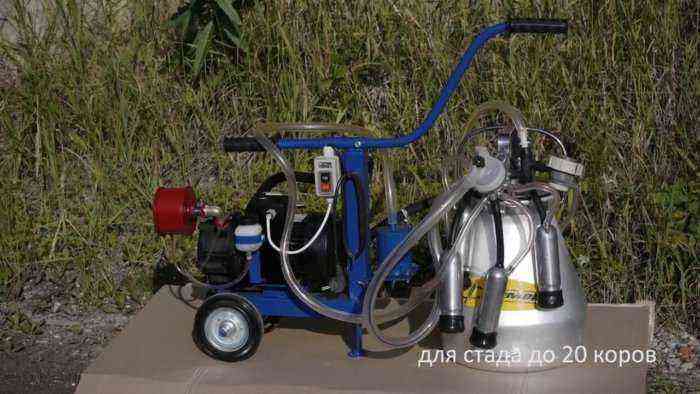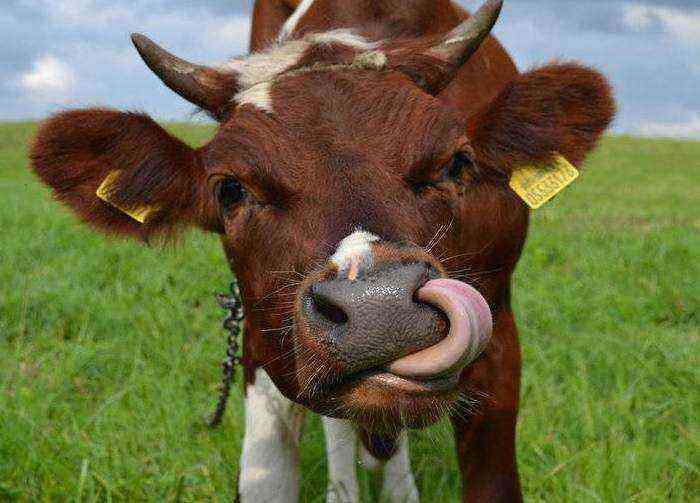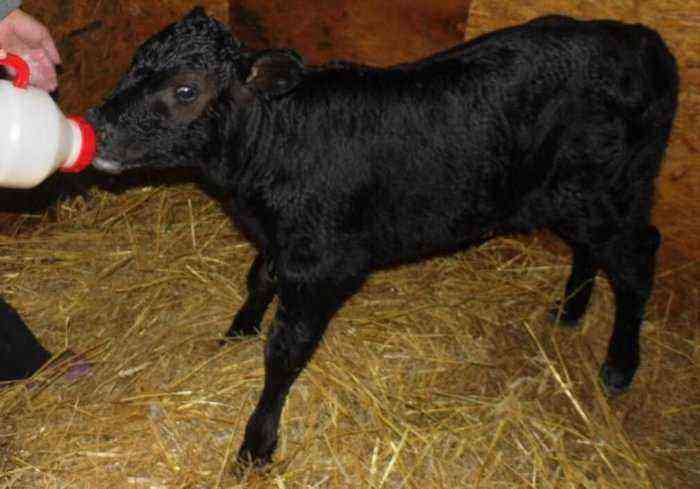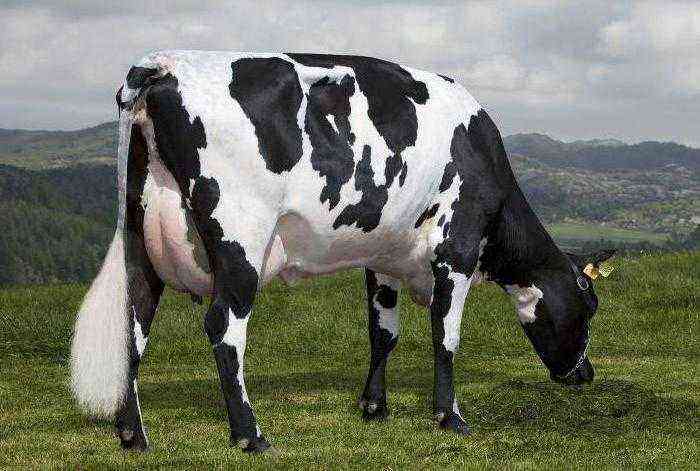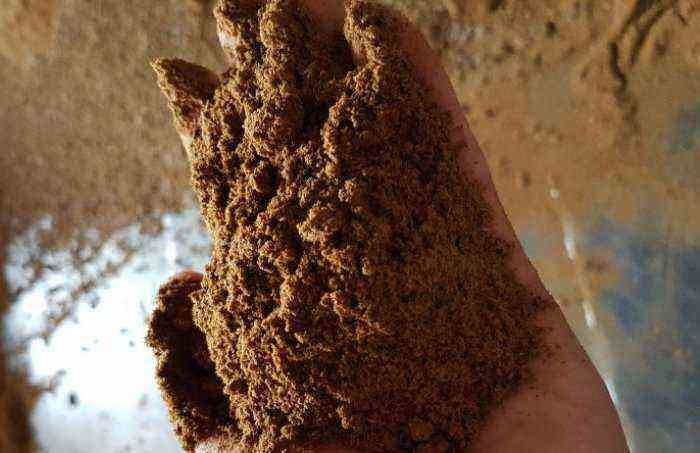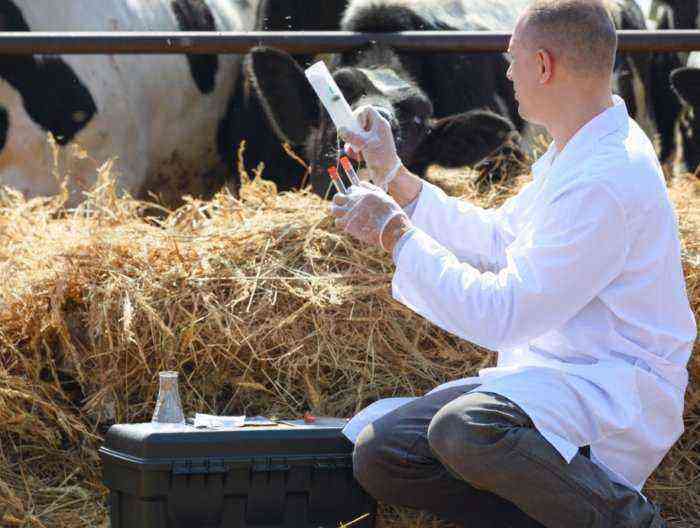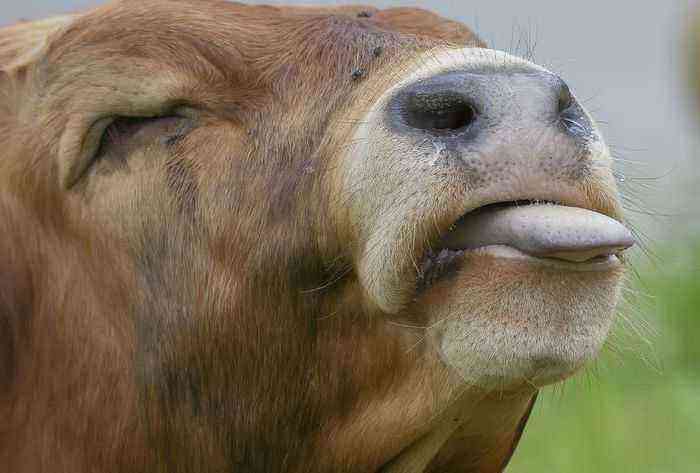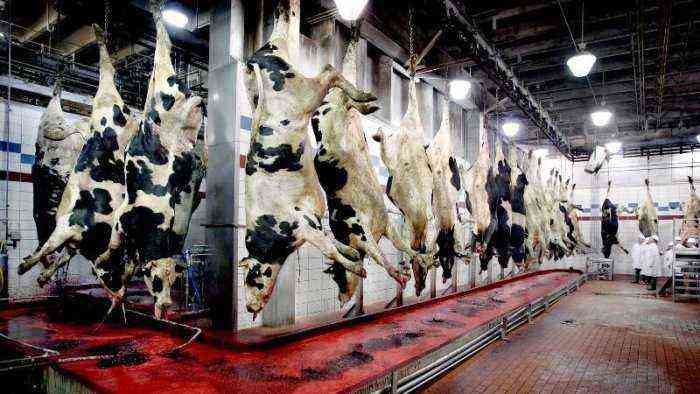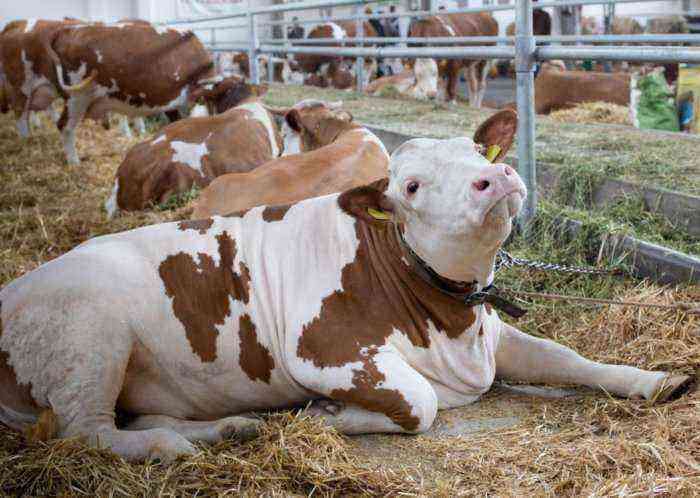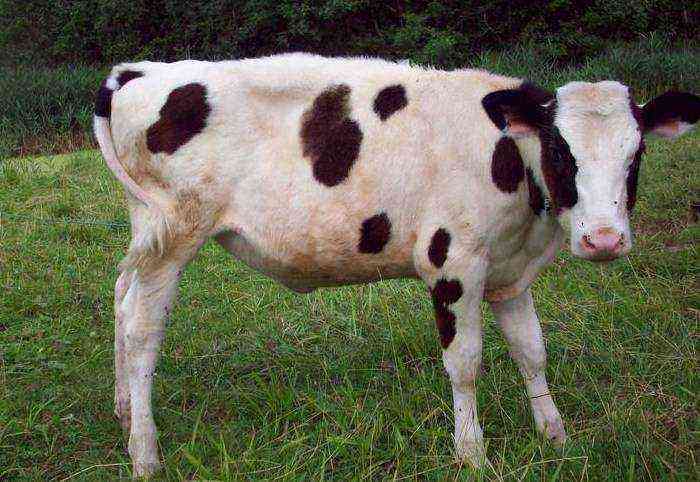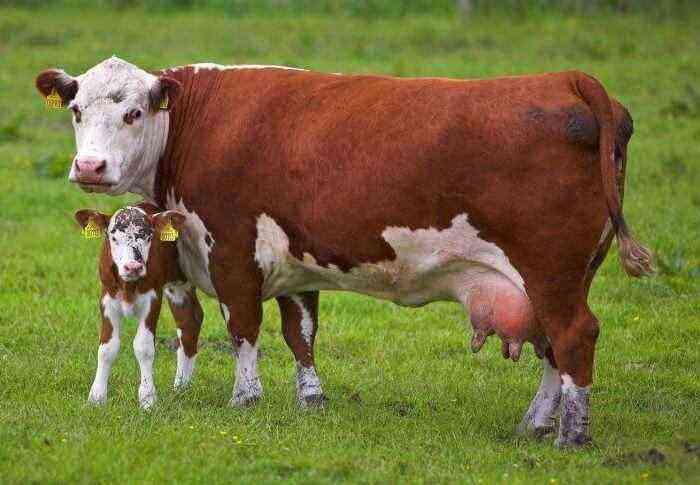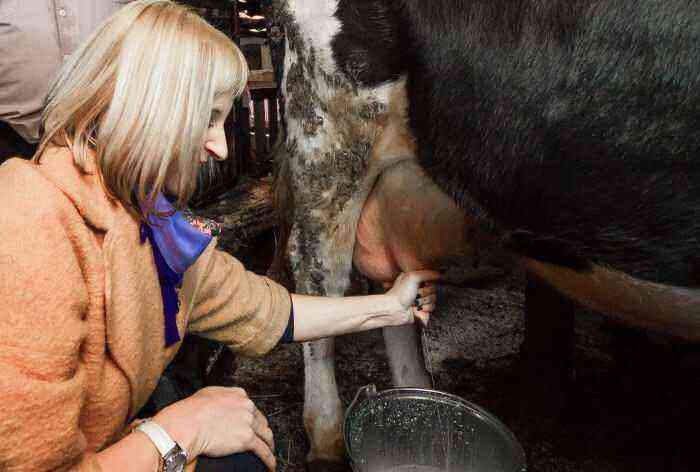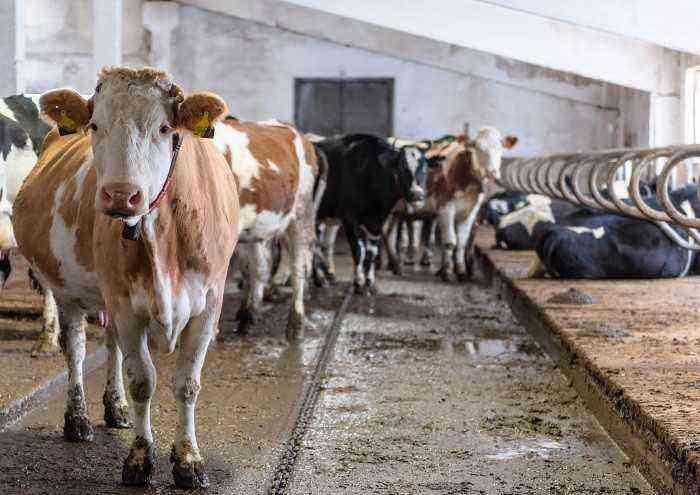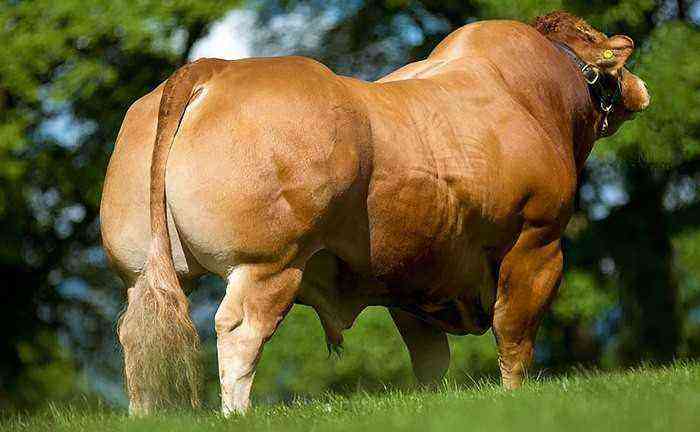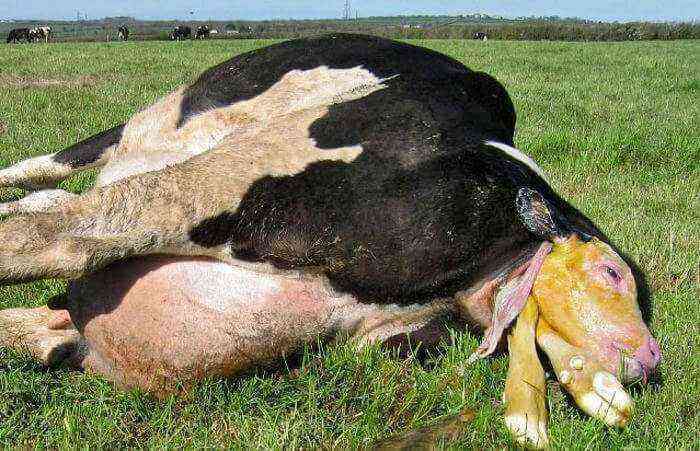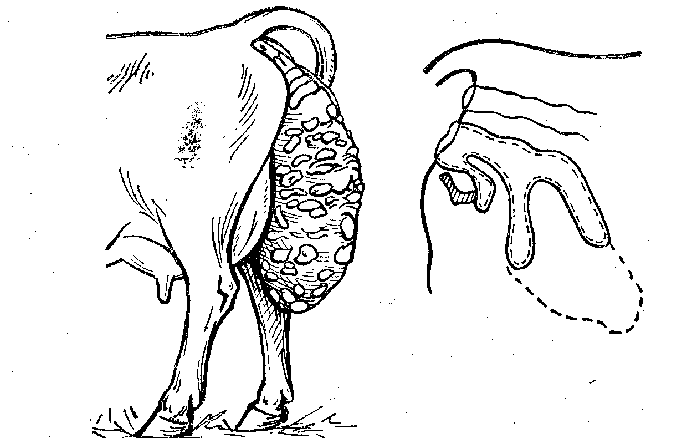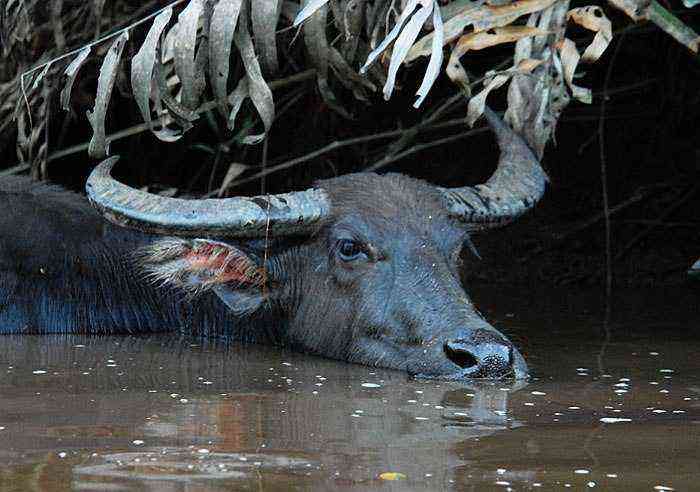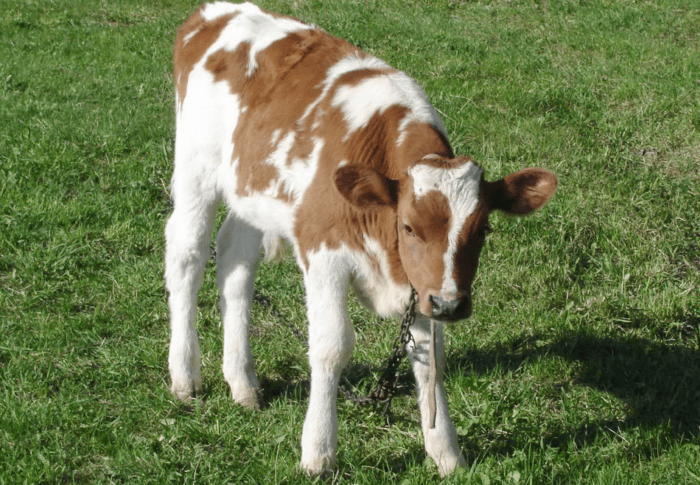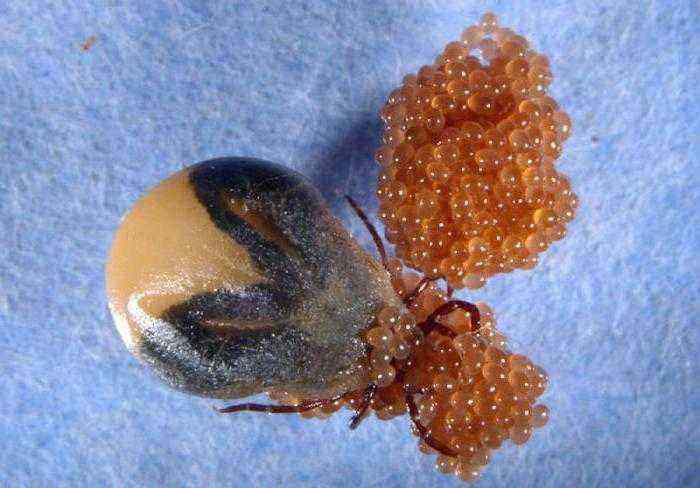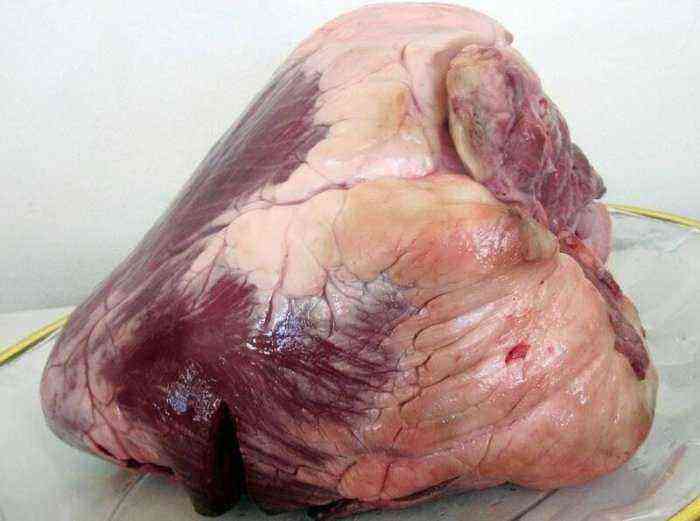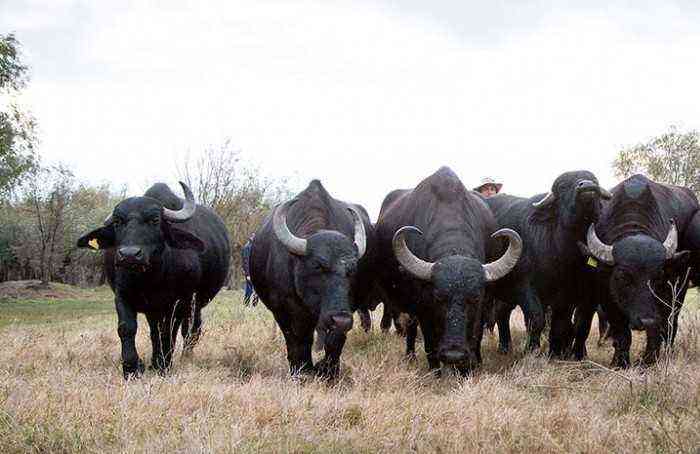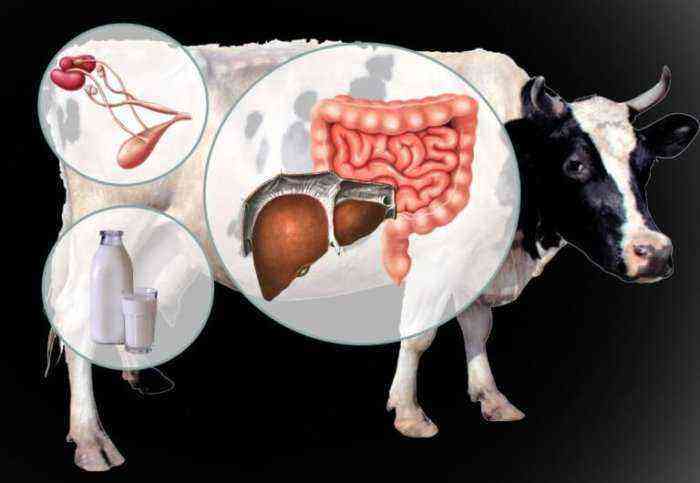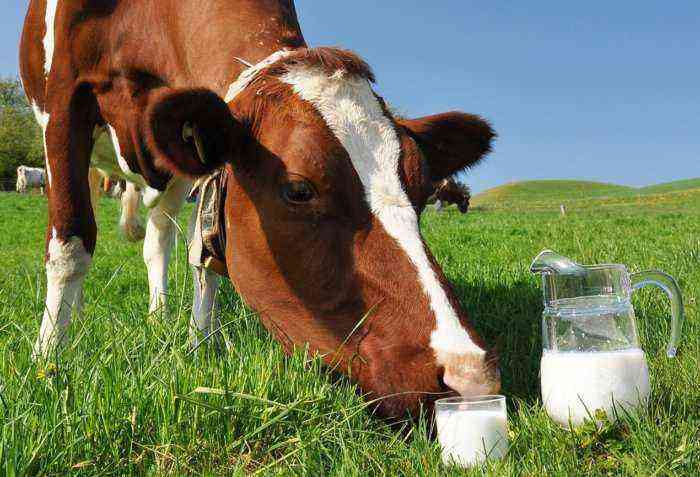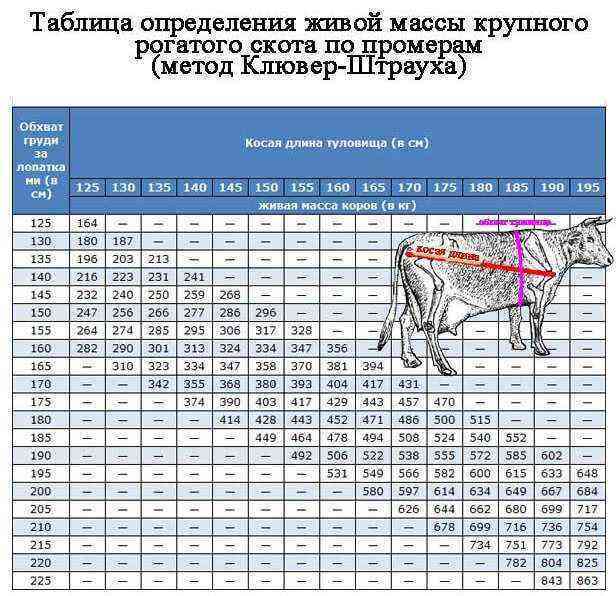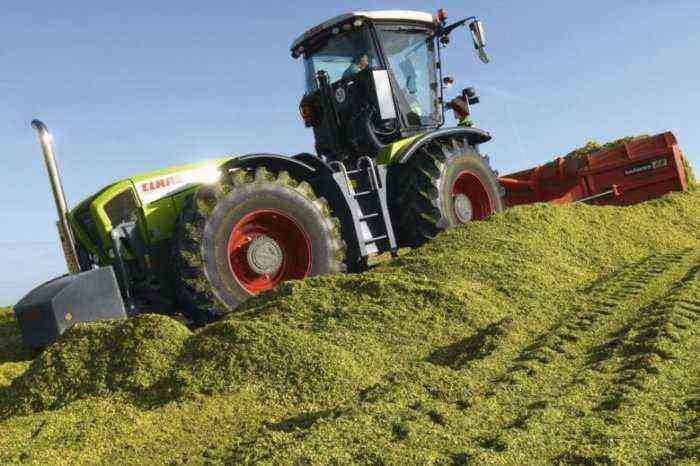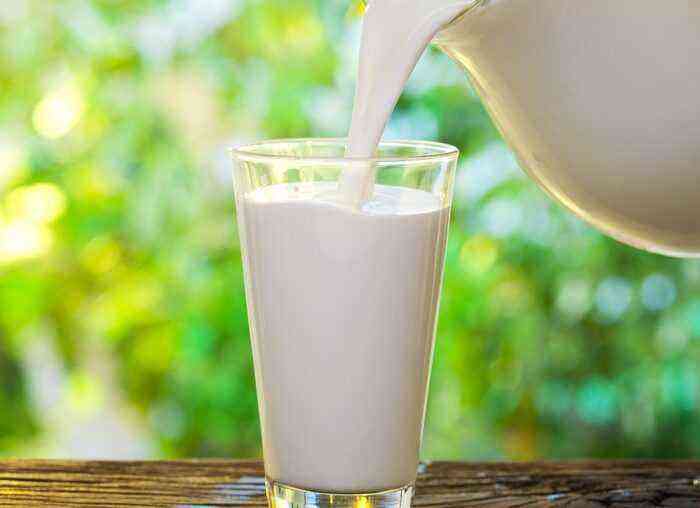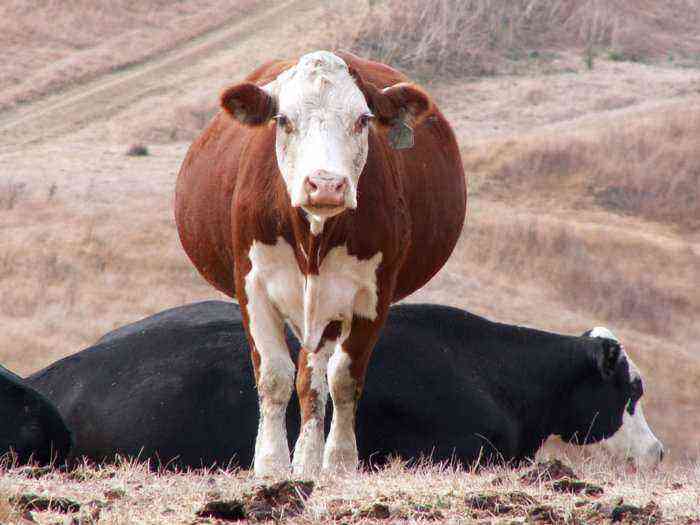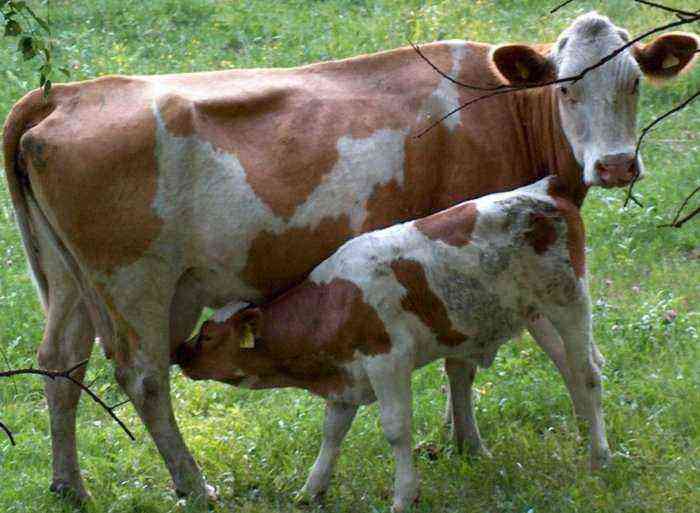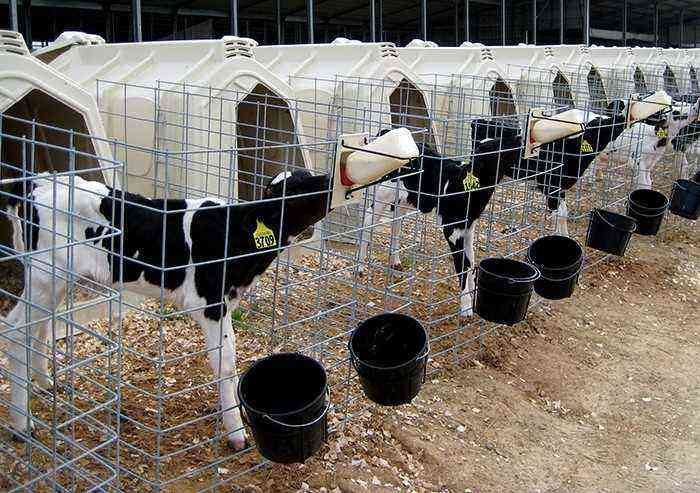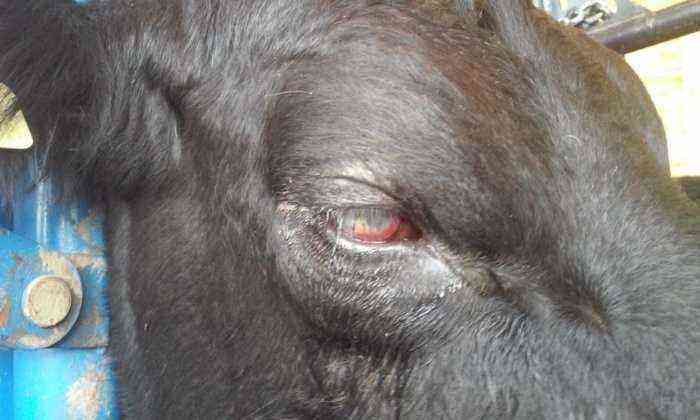The Ayrshire breed of cows is classified as highly productive, therefore it is used everywhere for dairy production. In animal husbandry, its resistance to cold climatic conditions and the excellent taste of the resulting dairy products are also valued.
Representatives of the Ayrshire breed
History of origin
The Ayrshire cow was bred in Scotland. She received official registration in the 1960s. The ancestors of the Ayrshires are considered to be wild cows found in Scotland, as well as Dutch, Tiswater and Alderney breeds. Factory breeding books have been kept on American farms since 1863, in Canada – since 1870.
Reference. The breed got its name from the name of the county of Aire, in which the cows lived in natural conditions.
Ayrshires are most widespread in countries with a cold climate: Finland, Sweden, North America. In more southern latitudes, the cold-resistant breed does not feel very comfortable, therefore, it may show a decrease in productivity. The breed came to Russia from Finland, so it was most widely used in the Leningrad region and Karelia. In the Russian Federation, there are several breeding plants specializing specifically in the Ayrshire breed. These include ONOPPZ “Change” and FGU “Novoladozhsky”. In terms of the total number of Ayrshire livestock, Russia occupies the 2nd place in the world, and Finland securely holds the 1st place with a livestock of about 150 thousand animals.
Description and characteristics
Small sizes are typical for Ayrshires: their height does not exceed 125 cm. The average weight of a cow is 460 kg, and the weight of a bull, as a rule, is no more than 800 kg. The physique of cows looks proportional due to the short body and straight short limbs. Other distinguishing features of the breed:
- the presence of a dewlap on a narrow sternum;
- flat upper body;
- compact head with large white-yellow horns;
- thin bones;
- developed muscular corset;
- short coat.

Description of airshires
The Ayrshire cow has a unique color: reddish-brown areas clearly stand out against a white background. In some individuals, the brown color may be dominant. In this case, white areas are located on its background of picturesqueness. Ayrshire cows have very beautiful udders. The skin in this area is thin and elastic. Nipples are widely spaced.
Productivity
The Ayrshire breed is characterized by a rapid onset of puberty. Heifers are ready to reproduce offspring already at the age of 1,5 years. Usually fertilization occurs during grazing in early spring. Compliant and calm behavior testifies to the readiness of cows for this process. The first calving occurs, as a rule, at 2 years of age. The weight of a newborn calf is 25-30 kg. Childbirth is easy, without complications. Ayrshire calves gain weight quickly. At the age of 1 year, it is 250-300 kg.
Benefits of dairy cows of the Ayrshire breed:
- High percentage of fat, reaching 4,3%.
- Stably high milk yields for 15-17 years.
- Minimum content of tissue particles in milk.
- The average amount of protein is 3,5%.
- The average annual milk yield is 7 thousand kg of milk. Cows of the Finnish line have a higher average – 8,5 thousand kg per year.
Interesting. Ayrshire cows in Finland live up to 20 years. Also in this country the highest rate of milk yield: animals give 11 thousand kg of milk annually. Due to its excellent characteristics, the milk of Ayrshire cows is used for the production of baby food. According to the main indicators and taste qualities, dairy products of the Ayrshire breed are superior to the recognized leader in dairy production – the Holstein breed.
Ayrshires are dairy animals. However, they also have satisfactory characteristics in meat production. Representatives of the breed are able to provide up to 50% of the output of meat products at slaughter. Ayrshire bulls are often used for breeding work with other breeds in order to improve productivity in the dairy direction.
Features of the content
Ayrshires are unpretentious in keeping. The only drawback is considered to be high activity, which sometimes takes on the character of aggression. Therefore, the greatest difficulties arise when grazing an animal.
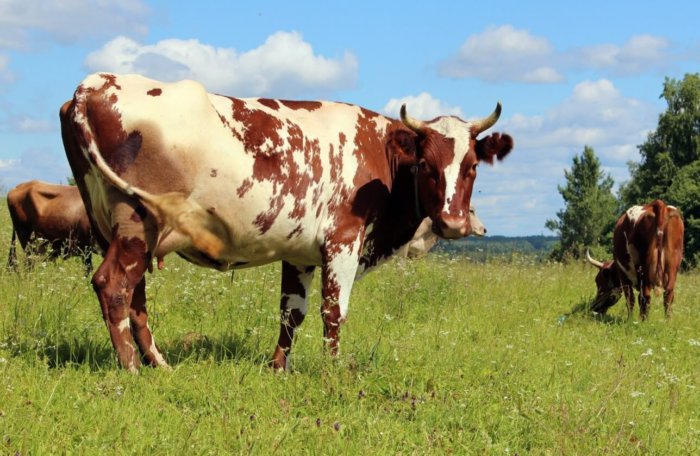
Ayrshire cows in the pasture
Also, Ayrshires are very shy, so they need a well-organized stall, protected from sudden loud noises. At the same time, animals easily adapt to new conditions and do not experience discomfort from a change of scenery.
Other content features:
- Stalls of cows should be carefully insulated from drafts.
- Suitable for pasture or stall feeding. The transition from one type of feeding to another should be gradual. Cows easily adapt to roughage, which makes feeding easier.
- In winter, cows need mineral supplements and vitamin complexes.
- The diet of animals should include vegetables (potatoes, carrots, pumpkin), salt and crushed chalk. These products have a positive effect on the taste of dairy products.
Breeding Ayrshires is worth not only because of the high milk production. The advantages of the breed include high immunity, easy calving, good digestibility of feed and unpretentiousness in maintenance. Such a cow is immediately noticeable in the herd due to the spectacular color and active behavior.

